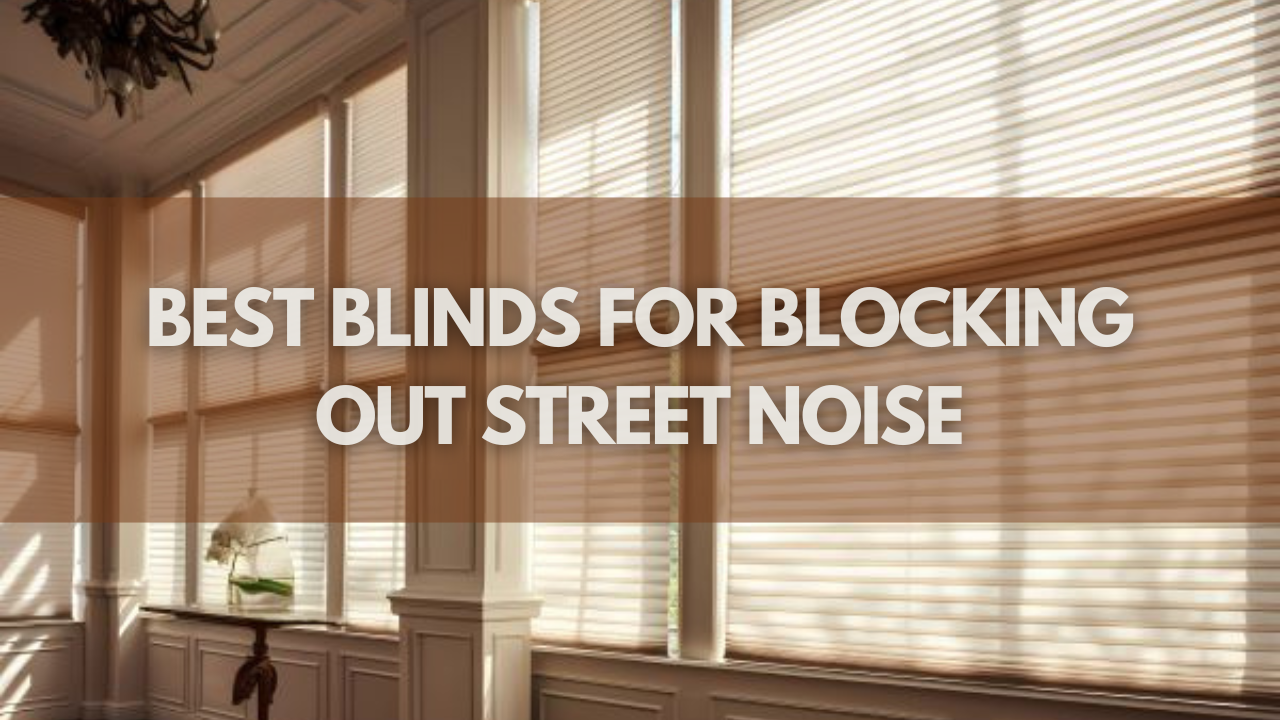Fed up with intrusive street noise disrupting your peace at home? City living often means dealing with traffic, pedestrians, and other urban sounds that can disturb your sanctuary.
Explore the blinds effectively and block street noise. Our guide will help you choose the perfect solution for a quieter, more serene living space in the city’s heart.
Soundproofing with Blinds
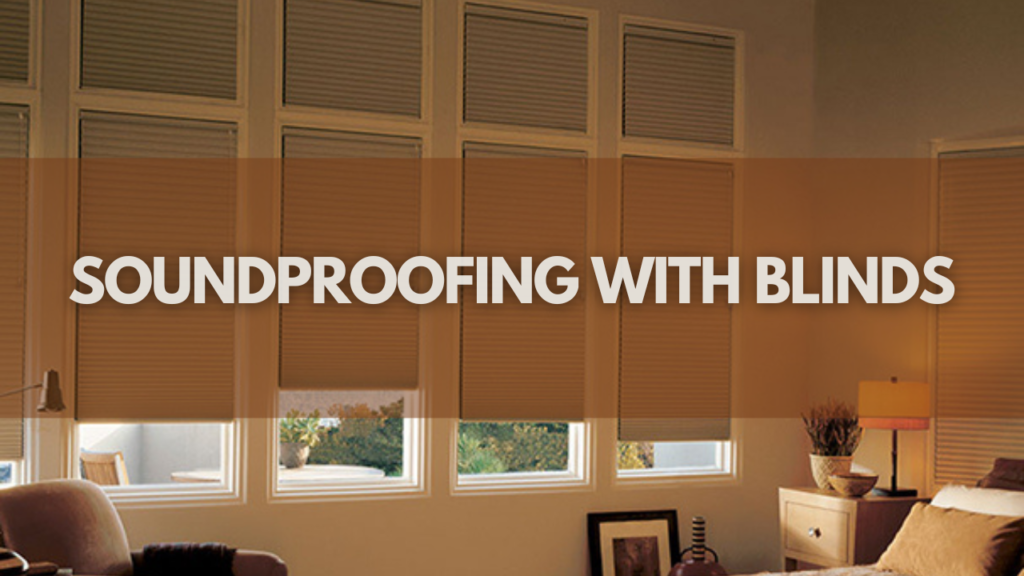
Understanding how blinds help with soundproofing is crucial in choosing the right type for your home. Blinds primarily dampen noise through sound absorption and by acting as a physical barrier.
Materials with dense weaves or thicker constructions are most effective as they absorb sound waves, preventing them from echoing within the space. A snug fit within the window frame is crucial, as it blocks sound waves from entering around the edges.
Additionally, layering blinds with heavy curtains can significantly enhance sound insulation and thermal efficiency.
Some blinds are specially designed for soundproofing, featuring structures like honeycomb cells that trap air and create an effective sound barrier or surfaces treated with sound-reflective coatings. By selecting the appropriate blinds, you can achieve a quieter home environment.
Types of Blinds for Noise Reduction
Different types offer varying degrees of soundproofing effectiveness when considering blinds for noise reduction. Here’s a breakdown of the types of blinds that are particularly good at reducing street noise:
1. Honeycomb/Cellular Blinds
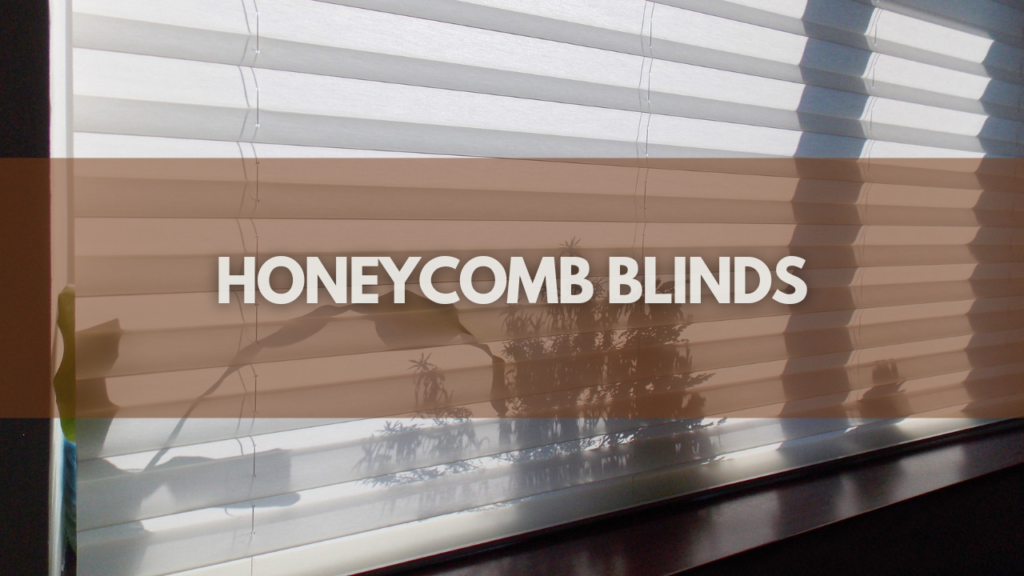
Honeycomb blinds are highly effective in reducing street noise due to their unique cellular structure, which features air-filled pockets that act as sound barriers.
This design helps dampen noise from traffic and urban activities while enhancing privacy and improving thermal insulation. Cellular blinds with thicker fabric and multiple layers further improve their noise-reducing properties.
Available in various opacity levels, these blinds can meet different lighting and privacy needs. Ideal for those living in busy cities or lively neighbourhoods, honeycomb blinds provide a stylish solution that combines functionality with aesthetic appeal, significantly enhancing indoor comfort and quietness.
2. Roman Blinds
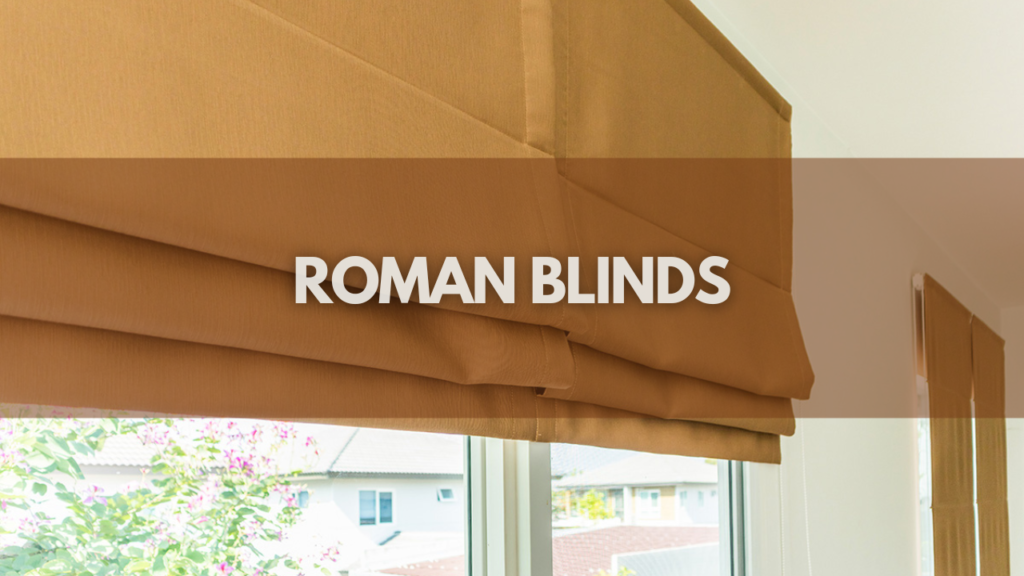
Roman blinds are an elegant and functional choice for blocking street noise, featuring fabric hanging flat against the window to create a solid sound barrier.
The use of thick fabric adds aesthetic appeal and enhances their noise-dampening capabilities. Opting for heavier fabrics or additional lining can further improve sound insulation.
Versatile in design, Roman blinds come in various styles and colours to match any decor while providing effective soundproofing. Their snug fit against window frames helps prevent noise leakage, making them a practical solution for quieter interiors in bustling environments.
Roman blinds combine style and efficiency, making them ideal for those seeking charm and tranquillity at home.
3. Roller Blinds with Heavy Fabric
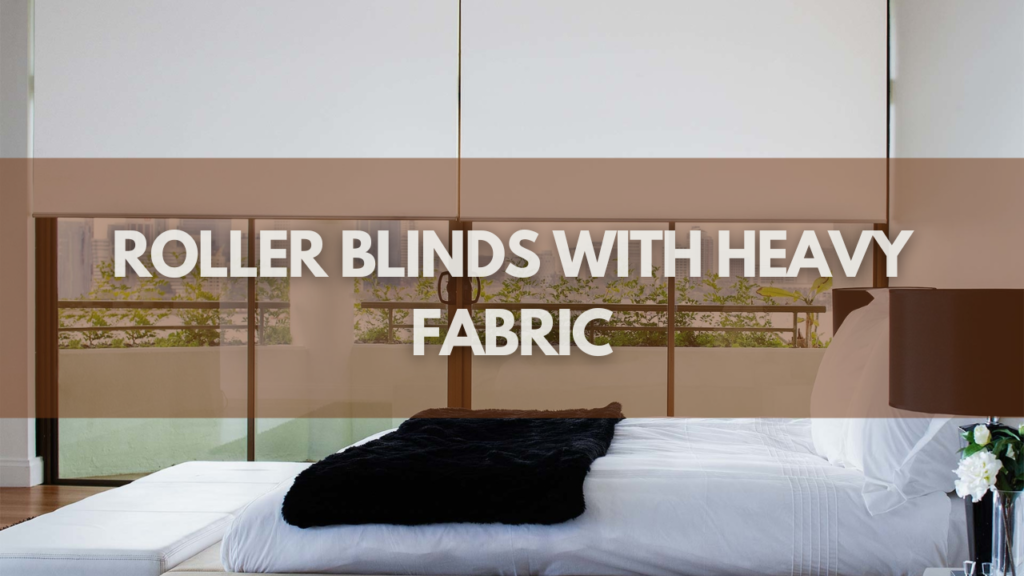
Roller blinds might not be the first thing that comes to mind when considering noise reduction, but their simplicity and functionality can be surprisingly effective in muffling unwanted sounds.
Opting for heavier fabrics, like blackout or thermal materials, can significantly enhance roller blinds’ noise-blocking capabilities. These denser fabrics act as a barrier, absorbing and dampening sound waves before they reach your ears.
Additionally, consider double roller blinds, which feature two layers of fabric – often a light-filtering layer for daytime and a blackout layer for nighttime. This double layer provides additional sound insulation, further reducing noise intrusion.
To maximise roller blinds’ noise-reducing effect, ensure they fit snugly within the window frame, leaving minimal gaps for sound to seep through. You can combine them with other window treatments, such as curtains or drapes, to create a multi-layered sound barrier for even greater quiet.
4. Vertical Blinds
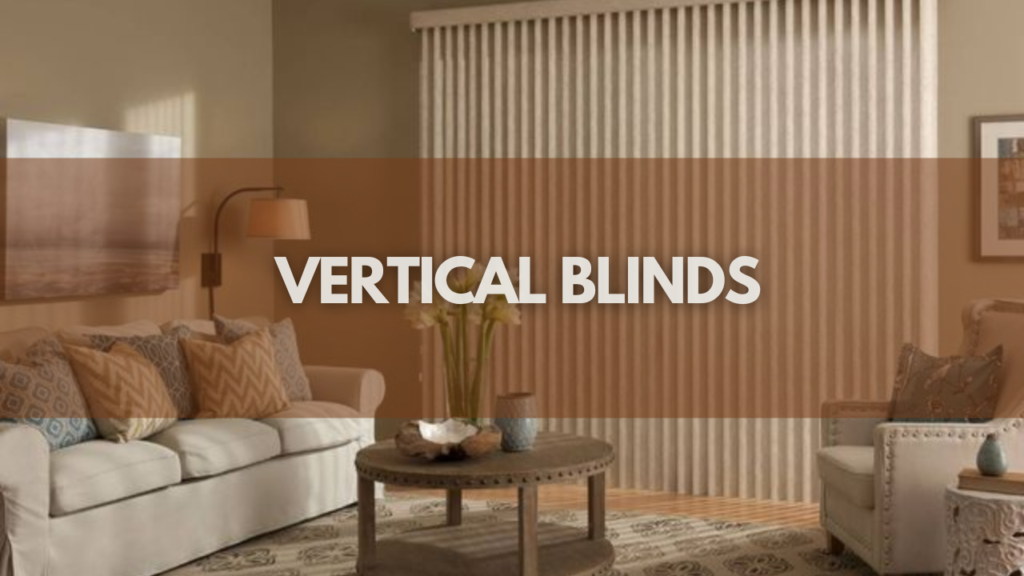
Often overlooked for their noise-reducing potential, vertical blinds can be a surprisingly effective solution for combating street noise. Their overlapping slats and floor-to-ceiling coverage create a barrier that disrupts sound waves, preventing them from bouncing around the room.
The thicker and denser the material of the vertical blinds, the more effective they’ll be at absorbing sound. Fabrics like suede, vinyl, or even multiple layers of fabric can significantly enhance their noise-blocking capabilities.
Another advantage of vertical blinds is their adjustability. By angling the slats, you can control the direction and amount of light entering the room while manipulating sound absorption. Experiment with different angles to find the optimal position for reducing noise intrusion.
While not as soundproof as other window treatments, vertical blinds offer a practical and stylish solution for minimising street noise. Their versatility, affordability, and easy maintenance make them an appealing choice for many homeowners seeking a quieter living space.
5. Venetian Blinds
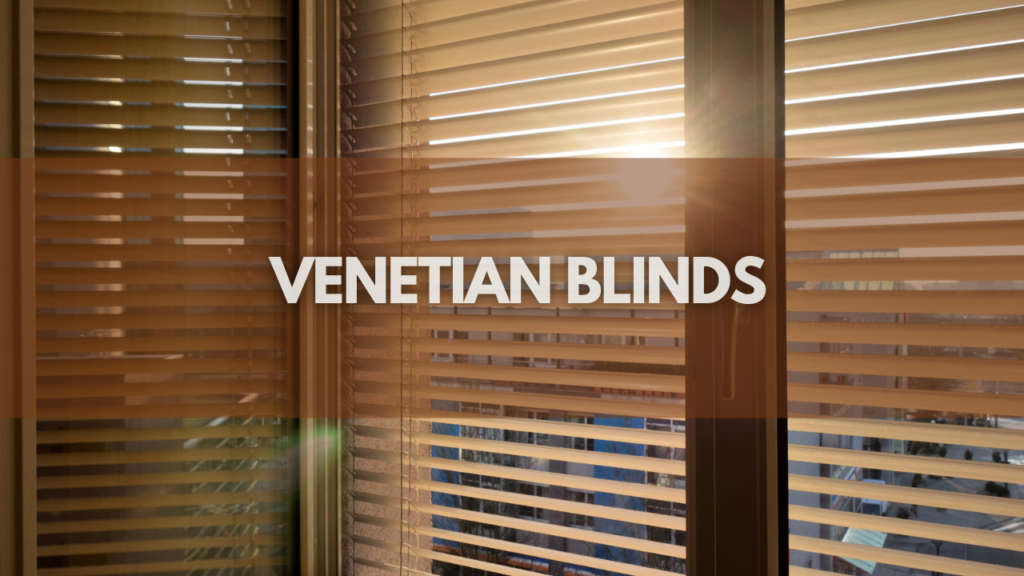
While often admired for their versatility and light control, Venetian blinds offer a surprising noise reduction advantage. Their unique structure, consisting of horizontal slats, helps to disrupt sound waves and minimise their impact on your living space.
The material of the slats plays a crucial role in their sound-absorbing capabilities. With their natural density, Wooden Venetian blinds are particularly effective at dampening noise. However, even aluminium or PVC Venetian blinds can contribute to a quieter environment.
The key lies in the angle of the slats. When tilted downwards, the slats create barriers that deflect and absorb sound waves, preventing them from bouncing around the room. This simple adjustment can significantly reduce the perceived noise level.
For maximum noise reduction, consider combining Venetian blinds with other window treatments, such as curtains or drapes. This creates a multi-layered barrier that effectively absorbs and diffuses sound waves, resulting in a more peaceful and tranquil living space.
Additional Features to Consider

When selecting blinds for noise reduction, consider several additional features that can maximise their effectiveness:
- Professional Installation: Ensure the blinds are installed snugly within the window frame. This tight fit eliminates gaps that allow sound to penetrate, significantly improving noise reduction. Professional installation is recommended to achieve optimal soundproofing.
- Additional Liners: Many blinds can be equipped with noise-reducing liners that add an extra sound insulation layer. This feature is especially beneficial in high-noise areas such as busy streets or commercial zones. A liner can effectively dampen external noise, enhancing the peacefulness of your space.
- Material and Weight: Material and weight are crucial for effective sound absorption. Heavier materials and tightly woven fabrics are better at blocking sound. Opt for materials like suede, velvet, or heavy cotton to maximize the sound-blocking capabilities of your blinds.
- Seal and Frame Construction: How a blind integrates with its frame can affect sound insulation. Blinds with a seal design or exceptional framing can provide an additional buffer against noise, ensuring that even minor gaps are covered.
- Automated Systems: Automated blinds can be adjusted to the exact position needed for optimal noise reduction at different times of the day. This precision control can help manage sound levels more effectively than manually adjusted blinds.
Conclusion
Choosing the right blinds can significantly enhance your home’s tranquillity by reducing street noise.
Explore Into Blinds Melbourne’s extensive range of noise-reducing options, from honeycomb to Roman blinds, and find the perfect fit to ensure peace and comfort in your living space. Visit us today to discover how we can help you achieve a quieter home.

